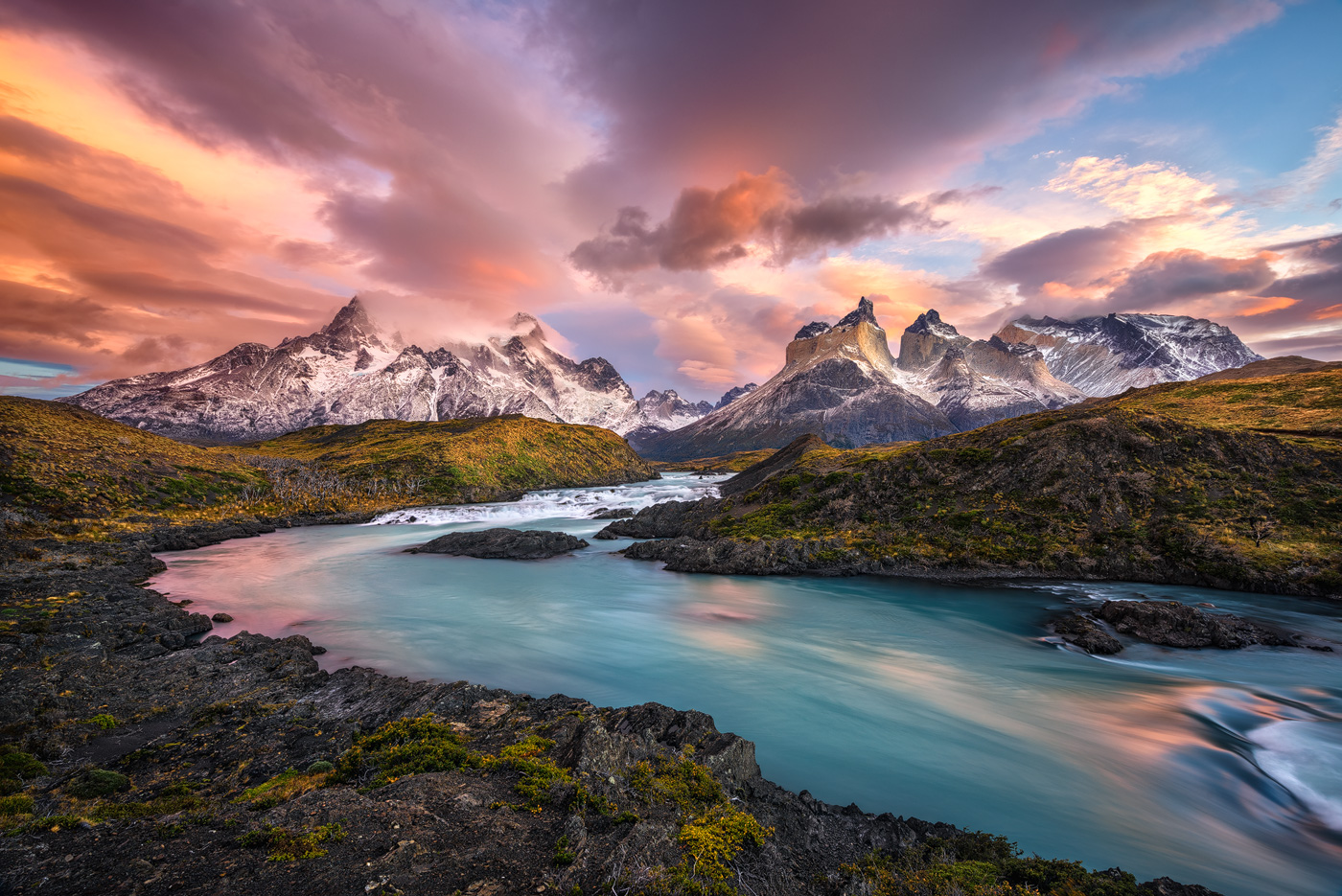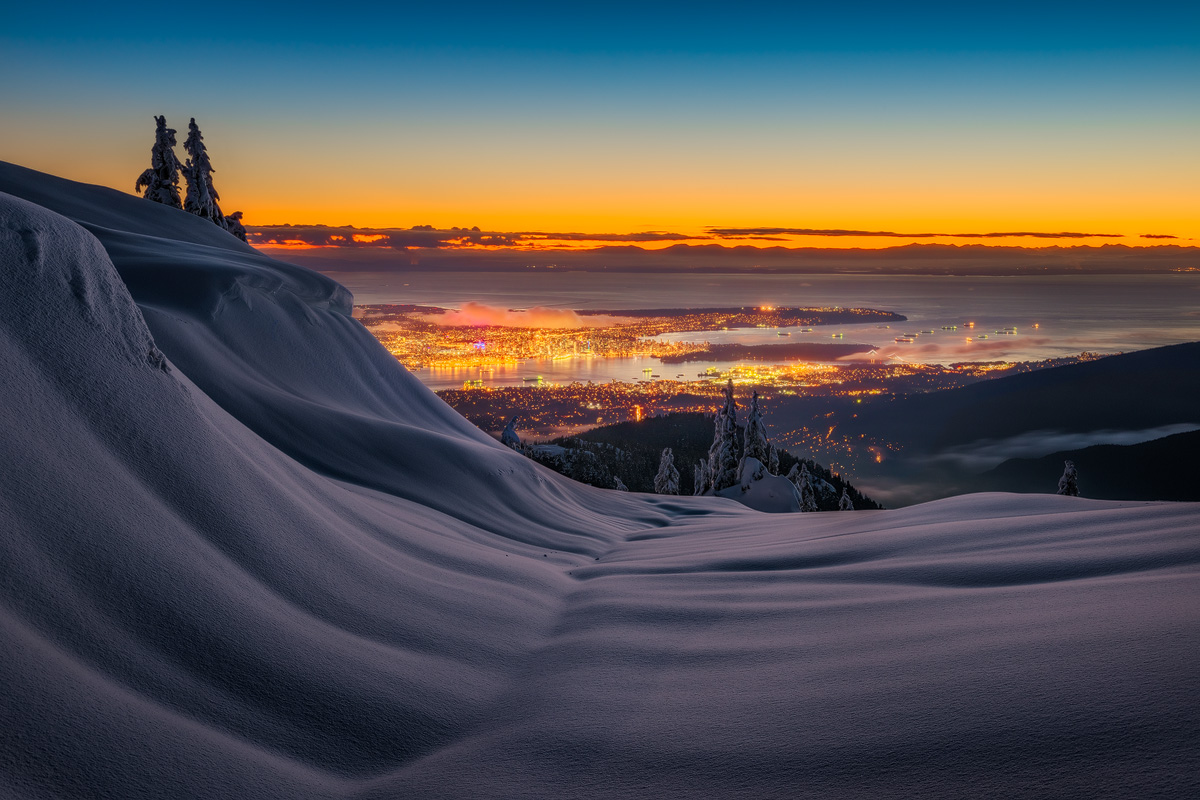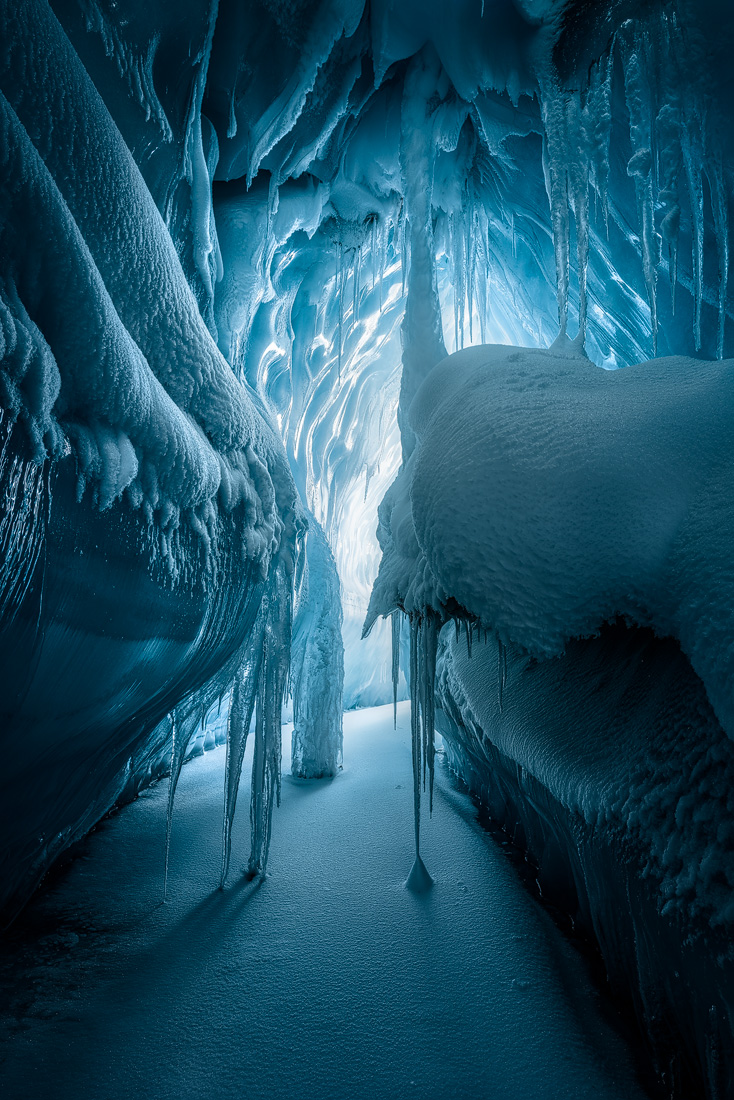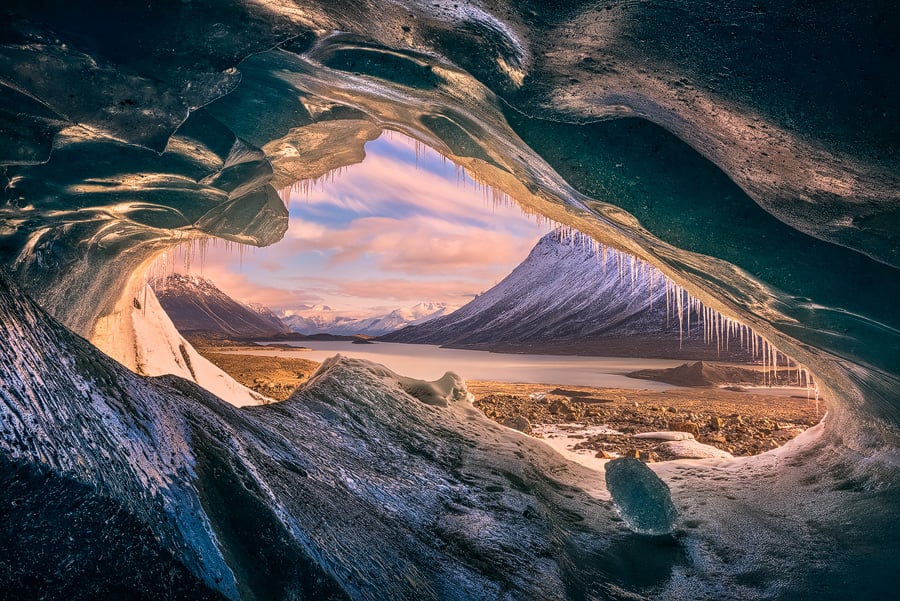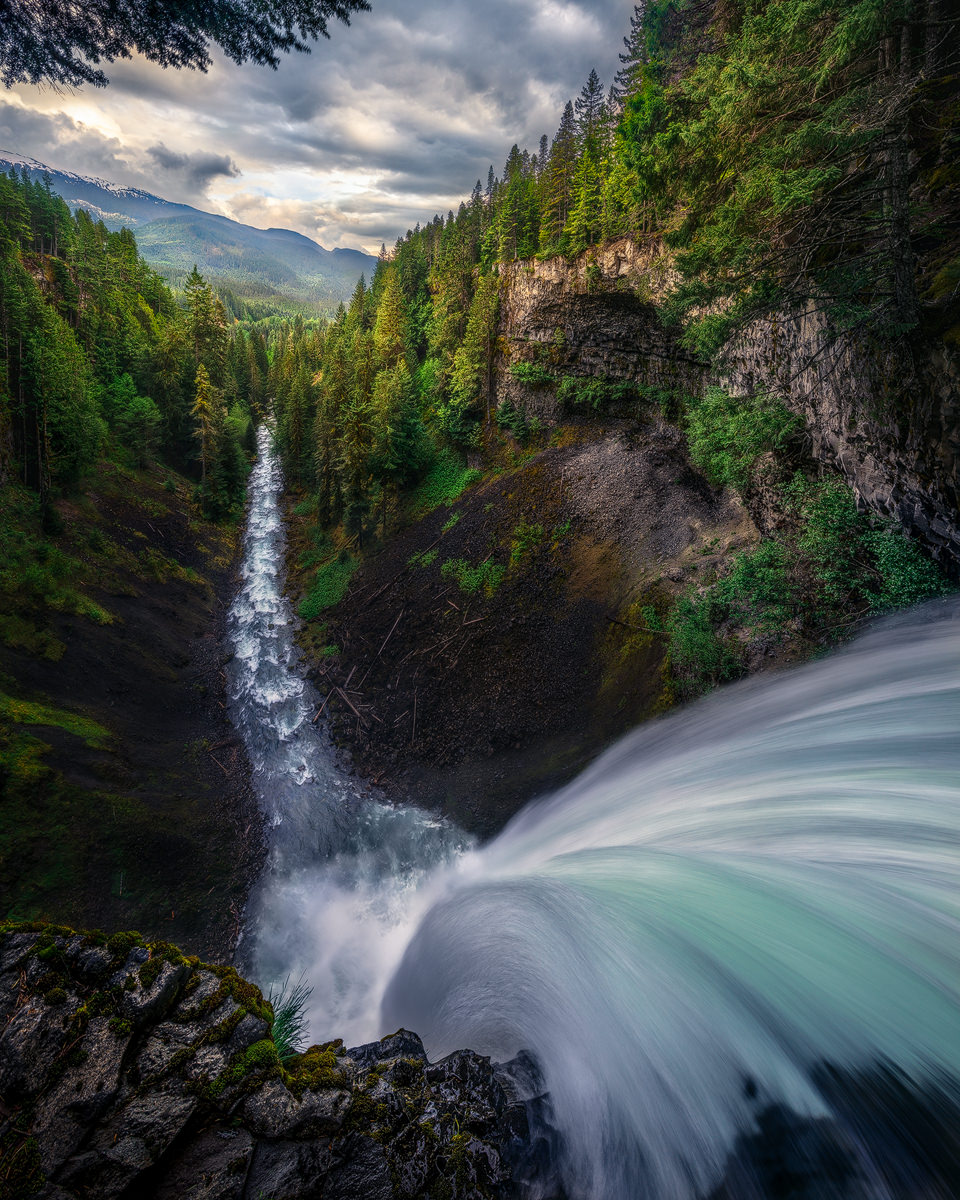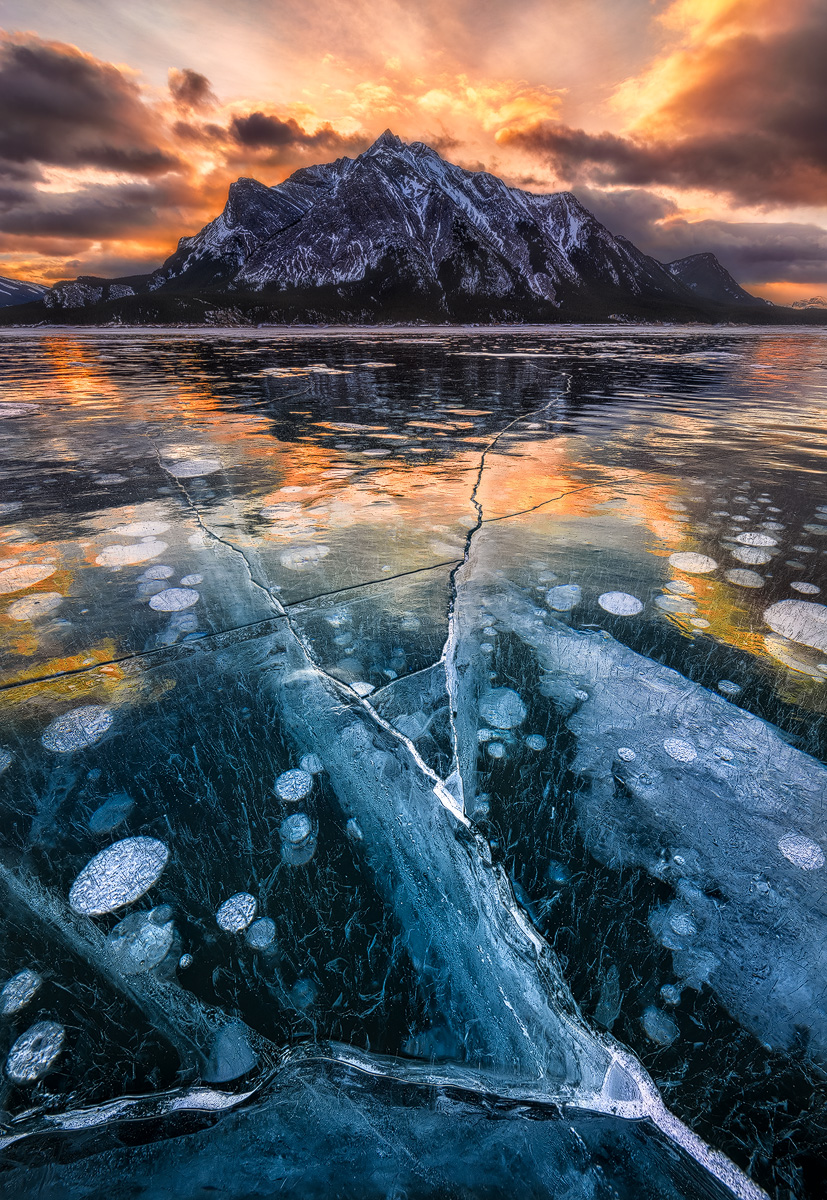Artur Stanisz / Member Interview
I derive my photography foundation exactly on this idea of capturing unique and unrepeatable junctures. Then I combine my approach with onsite natural landscape experiences enforced by the level of uncertainty and adventure.
Canada
What inspired you to become a photographer?
I come from a small town, Brzostek situated in the SE Poland and moved to Canada 10 years ago after living for a while in the US, then Scotland. From early childhood I have been interested in wildlife and nature. I loved outdoors and spent majority of days chasing after wildlife in the nearby forest. I grew up in times when there was no Internet or computers readily available to general public and all novelties and information were passed mainly via books or magazines.
When I was about 10 yrs old I got from the local library a photo book with amazing for that time photographs of animals. I was astonished by their beauty and got hooked up to photography instantly. The problem was that I didn’t have a camera and these were early 80-ties in Poland with their very shaky political and economic situation. I had to wait for my first camera and opportunity to shoot my own photos until I was about 14 yrs old.
At that time I got my first point and shoot Russian-made camera: Смена (Smiena). Shooting wildlife with wide angle point and shoot camera was not easy, believe me ☺ But I didn’t give up and kept running after birds trying to take shots. After two years I was able to save enough to get my first SLR camera, Zenith with 500mm lens. That was a real game changer for me.
With passing time my photography evolved and my initial interest in shooting wildlife changed into passion for landscape photography. At the age of 15, after I moved out from my hometown for more schooling, I met some new friends who introduced me to climbing and mountaineering. I got really into mountains and caves exploration. And to remember better those escapades, I was always taking camera with me. So I can say that my landscape photography is a result of my love for the mountains.
Tell us about your first sale.
I don’t think that it was my first sale overall, but it is that sale that I remember at the moment. And I remember it probably because of its size. It was a custom shot photo from Lynn Valley located in North Vancouver, Canada. It took me about 6 months to complete this project as firstly I had to find a unique composition for that customer and then I had to return to that location multiple times to get the best light and weather conditions.
The photo itself was a gigantic stitch of about 20 shots and resulted in 8 by 10 feet “enchanted forest-like” acrylic mounted photo. Just to give you a sense of scale, I had to print it in 3 pieces and custom-install it in customer’s house into one photograph because no lab anywhere in the world was able to print this photo in one piece.
Fast forward to today, you run a very successful photography business, tell us how that started.
My idea for photographic business has always been strongly connected to my love for the outdoors and I incorporated both elements: photography and travelling into the idea of photo workshops that I lead in various places in the world. I call them Photo Adventures with Artur Stanisz because I always try to take my participants for a real outdoors experience that involves tent sleeping, no wi-fi, dehydrated food, hiking and exploring, to name a few.
The aim of Photo Adventures with Artur Stanisz is to challenge my participants’ comfort zone, to help them leave their regular lives behind and reconnect with the surrounding nature. So my photo tours provide a form of mental catharsis. In the same time I teach my workshops participants landscape photography and necessary outdoors skills so after they return from such photo tour, they know what they need to get and how to behave if they decide to take a tent and go to the mountains on their own.
I cherish wilderness and I have a very holistic approach to surrounding world, as well as to my photography. I started pretty modest and worked my way up. I have been turning my passion and hobby into a photographic business for some time now, but I don’t think that it will ever be a finished endavour.
There are no miracle solutions, at least in my opinion. Photographic success involves hard work that needs to bring good quality photos and services. Then one has to know his/her market well enough and target it via various marketing channels.
We are living in the times of constantly changing technology that brings new opportunities and competition. We keep getting better cameras, better software and recently even photographic drones. All that is fine because healthy competition is a good thing and in the short run it tends to positively influence quantity while in the long run it also positively influences quality.
As my partner who is an economist always says: “Landscape photography is not an easy market. It is a lot like market for wine. Products’ differentiation, right labeling and branding, opinions of “experts,” creation of the idea of constant success that is either real or invented for marketing purposes, heavy brand advertising in right channels and even creation of occasional controversy are those elements that bring visibility and business opportunities.
All that in turn positively influences brand recognition and future business success. As it has been empirically proven, visibility and business success can be achieved with good as well as poor quality products. The difference is that those that offer good quality products don’t need to be ashamed of this what they sell.
The making of the quality product requires skills, patience, passion and artistic talent. These traits tend to be scarce in the world, especially jointly. With time market takes care of its players and orders it leaving “the fittest” in the profession and swiping away the rest.
I find the analogy between markets for landscape photography and wine straightforward and explaining well details about landscape photography business, especially in the format I observe it right now.
What has been your proudest moment as a photographer?
I had a few such moments that I recall and it is hard to choose just one. So I will talk about 3, instead. The first time when I felt very proud and satisfied was the moment when Parks Canada contacted me and asked if they could use my photo “Secret Vista” for a wall size exhibition in the local Innuit community 'gathering house' in Qikiqtarjuaq, Nunavut. For me it was recognition because my photo became a part of the history of that community. Can a photographer wish for more?
I was also very proud when the Environment Canada chose my photo for a 3 years long exhibition of outdoors giant photos: “Landscapes and Omens” in the Biosphere Museum in Montreal, QC. The exhibition has been in place since May 2016 and my photo “Thundered Ice” is there.
Finally, when Destination Canada asked for two of my Baffin Island photos: “The Valley of Thor” and “Goggling at Mt. Asgard” to be used in their international promotion for Nunavut, I couldn’t hide my pride, either.
Tell us about time in your photographic journey where you failed at something and how did you pivot to overcome this?
Failure is an unavoidable part of landscape photography or any other type of photographic career. But it is an important element of learning process although at times it might be an expensive one. When I was starting with my photography I invested some time and money for a fairly expensive trip. I hoped to bring back many exceptional photos, but after I returned I didn’t like any of them. They seemed to be generous, lacking the ”wow” effect. Was I disappointed? Yes! Did I give up? No! I returned there and corrected my mistakes.
Have you had an “I’ve made it moment”? Tell us about this.
Since I love exploring distant and wild areas and I like challenges, so sometimes exercise a bit “risky” behaviour, as some would call it. One of such situations that I clearly recall took place on Baffin Island and resulted in the photo called “Hidden Underworld.” One day, when I was there on my solo trip, near the Mt. Asgard, on Turner Glacier the sky was completely cloudless so I decided to explore one of the crevasses.
I crawled inside and found a system of ice caves, which I immediately decided to explore crawling and squeezing between ice chambers. It was a real journey into the world that nobody has ever explored before, at least not in that place. While inside this crevasse I realized that if anything happened within a glacier, I wouldn’t make it alive and what is worse, nobody would be able to find me. So after couple of hours when I got out from underneath the ice I really felt like “I’ve made it.”
How do you balance a demanding photography career and your family?
I plan well and ahead of time. Without it I would be lost. And yes, landscape photography is very time consuming and requires a lot of patience and dedication. Fortunately, I have a very understanding partner with a very busy career life so I am able to travel a lot. We schedule our calendars together so we have understanding and we can enjoy our time together as well as on our own.
If you could go back in time, what advice would you give to the 21 year old you?
Go, travel the world as much as you can. And if you can’t find a way to do it! Follow your passion and don’t let anything or anybody slow you down. Find your own photographic style and don’t be afraid of failure it is worth to try.
What is the best photography business advice you have been given?
Get to know social media. Very little these days is happening without strong online presence. It helps build a brand and helps showcase your work worldwide. Good photos won’t sell on their own if nobody knows they exist.
We live in a world of carbon copies. What advice can you give to those seeking to be unique and unlike others in a congested industry?
To become a landscape photographer unlike others one must shoot in exceptional, sparsely photographed places and/or take a completely new composition. One needs to find his/her own photographic style and stick to it. It is easy these days to fall in trap of repeating compositions and taking photos in locations photographed many times before.
Repetition might be a good exercise to learn the craft, but it won’t bring exceptionality or real recognition to photographer’s work. At best it can endow such photographer with decent craftsmanship. Sure, it is able to bring you numerous “likes” on Facebook or elsewhere on social media and maybe a few sales, but for sure it won’t let you be recognized as an exceptional photographer.
To be successful these days, landscape photographers must be ready to take various risks and explore paths that have never been explored before.
Do you believe technology is making better photographers?
Technology is making more, but not necessarily better photographers. I am a strong supporter of the thesis that it is not a camera or software that makes a photo good, but it is a photographer that does so.
In terms of photography, technology seems to have two faces. From one perspective, technology is facilitating photographic efforts because we have better cameras, with better sensors and more advanced software. So there is no need for photographers to spend a lot of time learning photographic craft and very advanced techniques like exposure blending for example.
But on the other hand, the availability of technology and its relative simplicity of use connected to automated software negatively influences photographic creativity. The entire photographic process tends to be based these days on a few “clicks” of camera and computer and letting the software do the photographers’ job. This automation makes photography un-artistic, without spirit and largely homogenous. The result is rather sad because we tend to have thousands of photos that are very similar and far from unique. Because of these technological advances we seem to stay in the same place, as our artistic skills don’t develop.
What do you see photographers doing today, that if done differently tomorrow would improve their success?
I think that photographers should stop relying too much on their software and gear. Usually, when I post a photo online I get numerous questions of this sort: What camera did you use? There is a wrong perception, especially among younger generation of photographers that technology on its own is able to make a good photographer and exceptional photo. This perception is very misleading and can bring a lot of frustration and disappointment. Generally, photographers need to work more on “seeing” the landscape with their own eyes, not on “engineering” the landscape via their gear. If they start working more on “seeing the landscape,” we will have less generic photos and more quality ones.
Many folks are trying to re-invent themselves as photographers. Assuming you had camera, lens and lighting gear already. If you had to start over and only have $500 budget to get your business started. How would you spend that $500 budget?
I would suggest 2 approaches depending on this what situation I am in:
- If I already have some good photos that can be marketed, I would invest the whole amount in marketing of my work to get to the larger audience.
- If I didn’t have photos, I would invest it in going to an interesting (unique) place to shoot.
What are some resources that you use regularly for your photography business?
My main resources include social media marketing tools (Facebook, Instagram, Flickr, personal website and mailing list) as well as a “word of mouth” from past customers. I also participate in photo contests and exhibitions. My work is also in the gallery in Vancouver (Ian Tan Gallery). Sometimes, I also put some of my work to be exhibited at local events at Makeshift Spaces (http://makeshiftspaces.ca).
I think that very helpful thing is to have a professional marketing help from a person that knows marketing craft.
What are some ‘must have’ items in your camera bag?
I have rather minimalistic approach in terms of quantity of gear I carry. To take my landscape photos, I usually hike a lot in the mountains so weight is important. There is always a payoff between the weight of food and gear. Bringing extra photographic gadgets is not the best approach. I would say that for me the “must have” items in my camera bag are spare batteries for my camera.
If you were stuck on a deserted island, what is the ONE photography book you would want to have with you?
If I were stacked on the deserted island I am pretty sure I wouldn’t have time to look at photography book. I wouldn’t be able to sit in one place, but instead I would run through the whole island ☺ I would rather take extra batteries or gear to create a photography book from that island so others could experience that world through my lenses. But, if I had to choose a photographer that I like the most, probably it would be Sebastiao Salgado “GENESIS”. Anyway, in general I don’t look at famous photographs from the past and get inspiration from past photographic work. Instead, I prefer to look at landscape paintings of maybe less famous painters from the past. There I find real gems.
Final question, and it’s a fun one: Life has been found on another planet and none-other than Sir Richard Branson is piloting Virgin Galatica and has put together a team of engineers, scientist, doctors and has asked you to come along to document the journey. The challenge is you can only bring two lenses and one camera body and two other items. What would you bring?
I would bring the following:
- Nikon D810
- Lenses: 14-24mm and 80-400mm
- Spare batteries
- Spare memory card
One email every two weeks
Are you interested to receive our members interviews?

We want you to be in the middle of the conversation.
Do you want to share your story
YES, I WANT TO SHARE MY STORY


